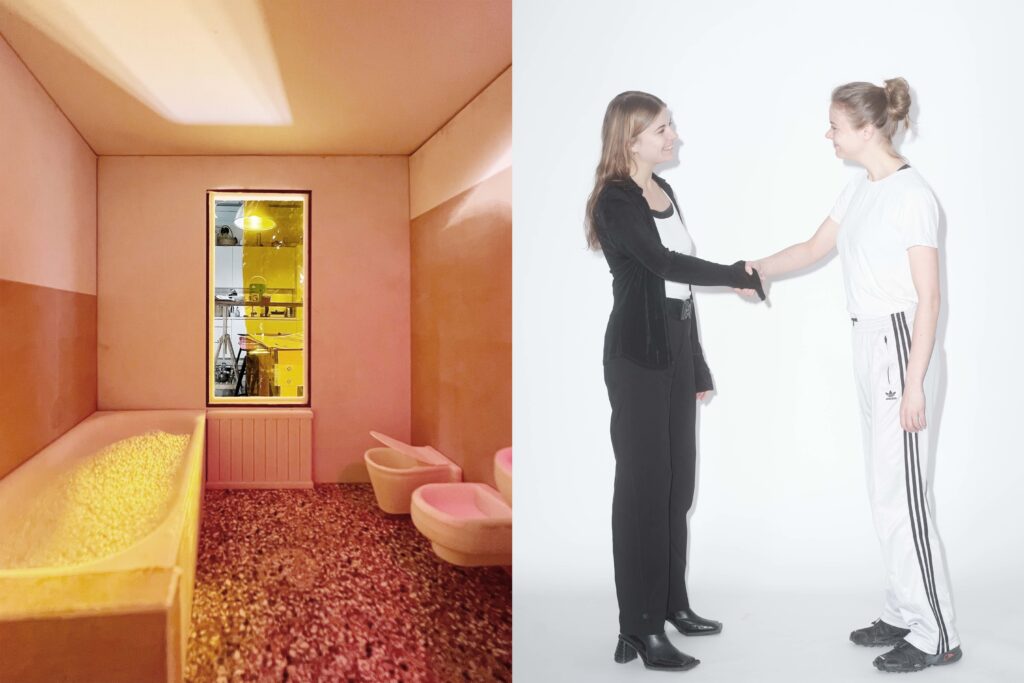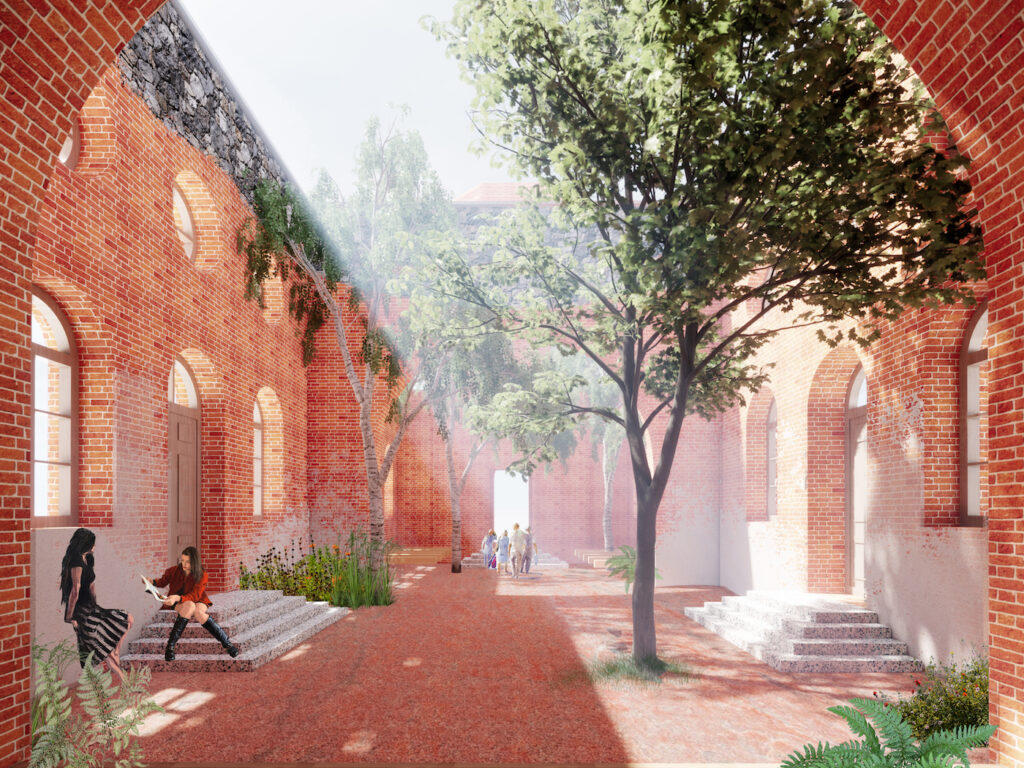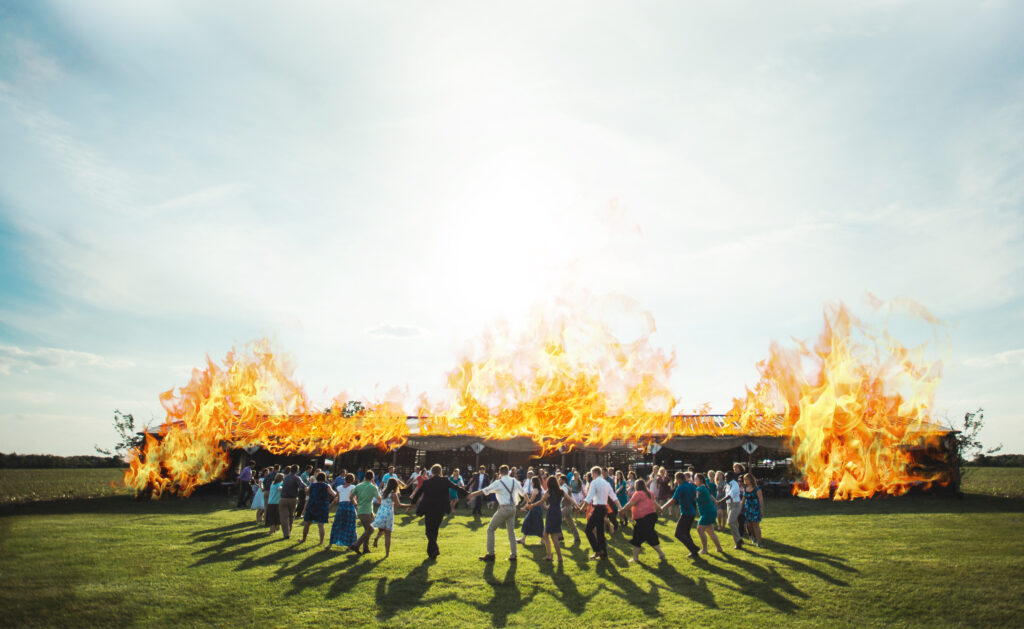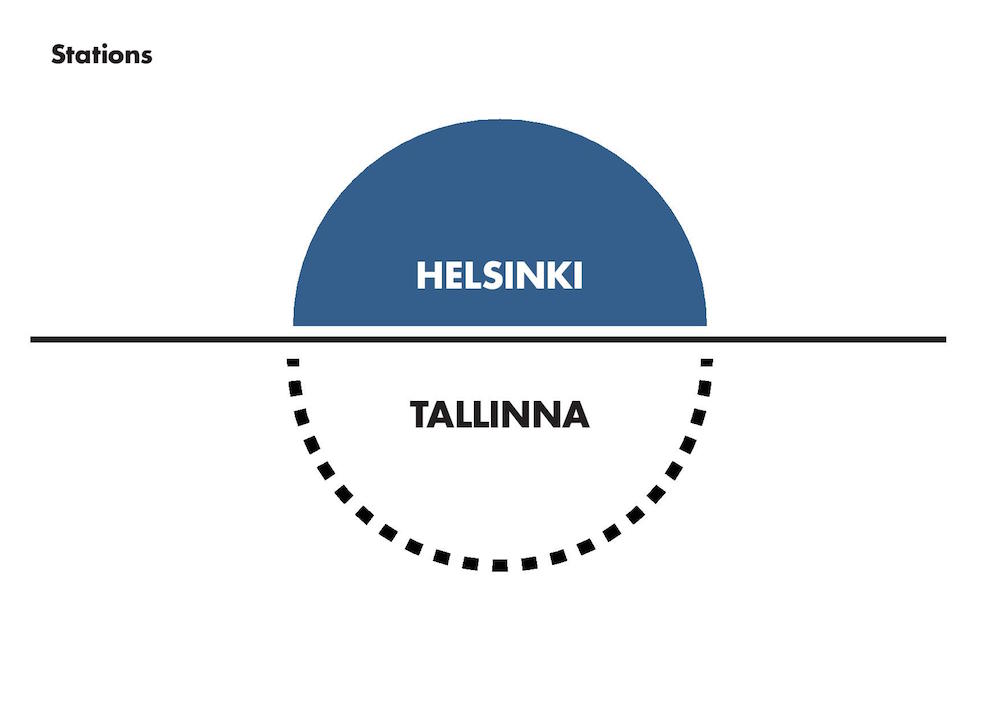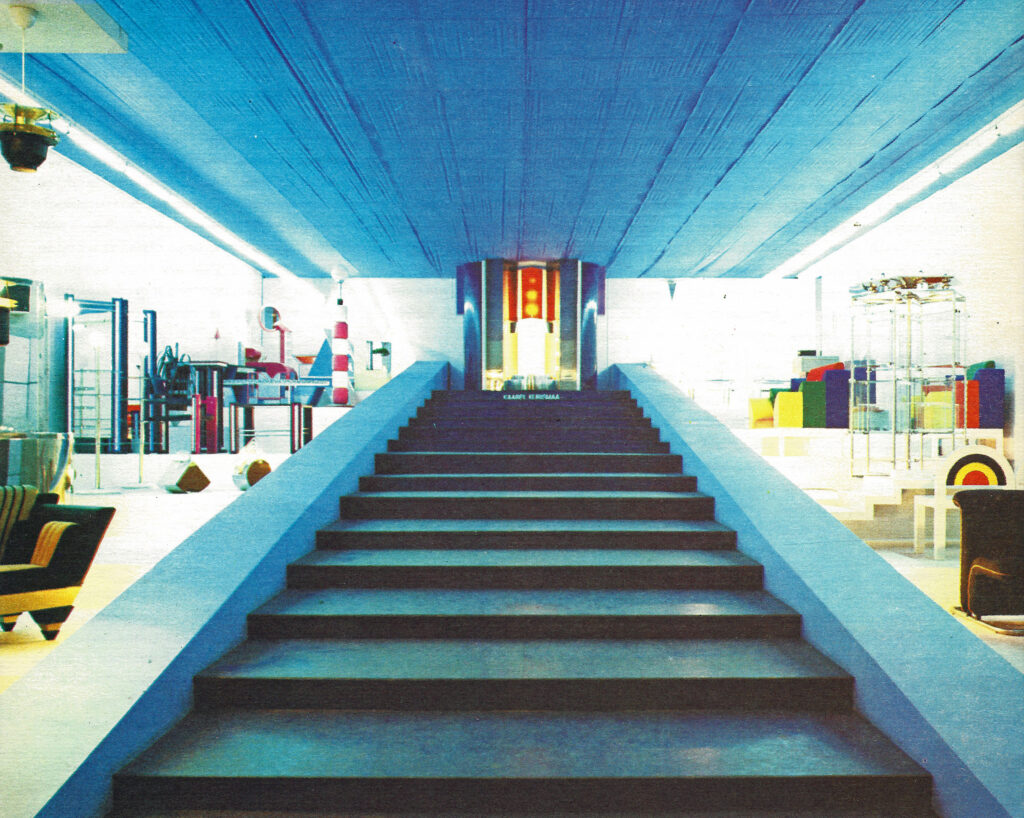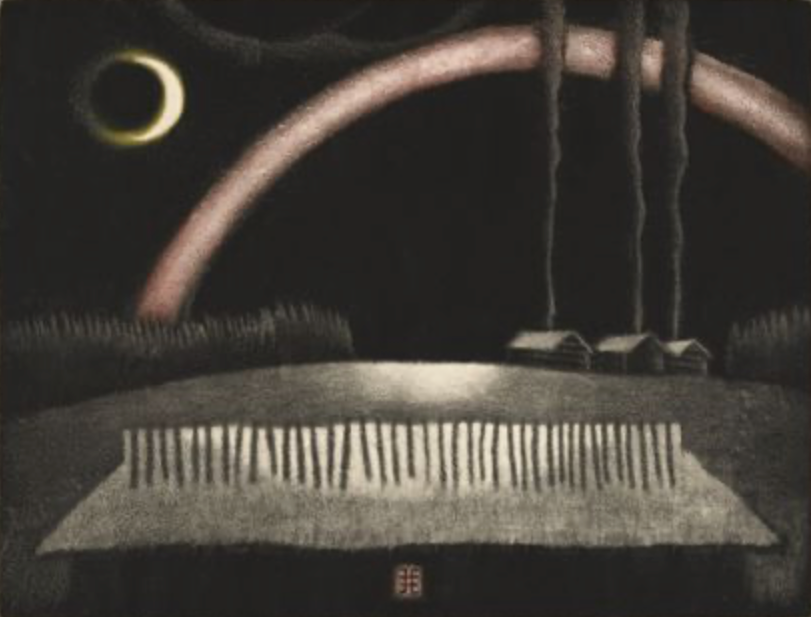Known for its openness to change, Mäetaguse borough has successfully combined its central area comprising buildings of various eras and the great outdoor space into an effective and comprehensive environment.
Why not set a higher value on dispersal? Instead of living in just one place, and trying in vain to gather yourself together there, why not have five or six rooms dotted about Paris?
Lihula is a small town where every new business can potentially shift the focal point. The competition ‘Great Public Spaces’ dedicated to the 100th anniversary of the Republic of Estonia focused on the historical axis and main street of the town–Tallinn Road. Our competition entry ‘Hõbelauk’ aimed at diversifying the street space and highlighting the mysterious local spatial potentials. We wished to allow every new potential to rise and shine thus enhancing the appearance and also natural disappearance of various places.
The Master’s thesis is concentrated on four Estonian small towns (Mõisaküla, Püssi, Kiviõli and Räpina) implementing three stages: intervention, new programme and planning. The intervention is a small-scale realization of an idea, such as an installation, which functions as a test to initiate a dialogue with the residents of the town. The new programme describes the implementation of the idea in a small town, including a new function for a plot by which both the urban landscape and structure undergo changes.
‘We had completed our design submission for an architectural design competition. The detailed plan determined the building’s shape, roof pitch, roof height, eave height, the choice of building materials, entrance to the lot, the parking space of its residents and the client also provided us with a specific layout for rooms. We thought we had quite a decent building. Then an architecture student appeared and asked: ‘Well, what is the concept of this building...?’’
The most important question regarding the future Tallinn-Helsinki tunnel is no longer if, but how. What kind of unified twin city will Tallinn and Helsinki become thanks to this fast link? This requires foresight and awareness from officials, professionals and politicians.
How to plan and design the city and public space in a situation where every owner of even a tiniest land parcel has its own interests and every public authority or private company has its own needs? How can it be done if every city department has its own concept of urban planning, if architecture and engineering firms expend all their efforts simply keeping their head above water?
This issue of Maja focusses on infrastructure, first and foremost on the architecture of street space. Good architecture creates unity, is capable of solving problems and enables what at first appear to be conflicting interests to be realised. Connections that go unmade in a[n urban] space are like missed opportunities.
On a July evening, interior architects of various generations Taevo Gans, Kadri Pärtelpoeg, Eero Jürgenson, Pille Lausmäe, Priit Põldme, Marje Karu and Tarmo Piirmets came together at the association’s office in Rüütli Street to discuss the establishment, needs and current issues of the organisation.
What can barn-dwelling architecture teach us today?
No more posts
ARCHITECTURE AWARDS



